
What do two chocolate Hobnobs, a small beef burger (without toppings or bun) and an avocado have in common?
Yes, they’re all delicious. But they also contain roughly the same amount of calories (hovering around the 200 mark, if you’re counting – and it’s very hard to.)
The concept of the calorie dates back to the 19th century, as a unit of stored heat, or of energy (there were different definitions in the early days). By the 1920s, counting them to try to lose weight had become popular.
"Counting calories is a lot of effort and it doesn’t work. So, rather than keeping a calculator on your dining table, focus on eating a diverse range of plants instead"
More than a century later, many people still rely on the idea of cutting calories to lose weight or eating the same amount every day to maintain it. The current NHS guidance is that the average woman needs 2,000 kcal a day, or 2,500 for the average man.
But no two people’s bodies use calories in the same way and we don’t ‘burn’ the same amount every day. Plus, calories are hard to measure in terms of portion size. So is there a better way?
According to Professor Tim Spector, co-founder of ZOE, the science and nutrition company and author of Food for Life and Spoon Fed, we should ditch the concept altogether.
“Counting calories is a lot of effort and it doesn’t work. So, rather than keeping a calculator on your dining table, focus on eating a diverse range of plants instead. This is the best way to support your long-term health and keep your gut microbiome happy,” he says.
One calorie is the amount of energy needed to increase the temperature of 1ml of water by 1°C.
That’s not very much at all, which is why when we talk about calories, we are actually talking about kilocalories (kcal), which are 1,000 calories.
It’s kcal that you’ll see on food labels and in the guidance about our daily energy needs.
Calories measure the amount of energy in food, but they tell you nothing about its nutritional value. Nuts are a good example of this. They’re packed with nutrients, but many people worry about their calorific value.
“Focusing on calories alone misses out on the big picture,” says Spector. “Nuts and seeds are rich in healthy fats, fibre, vitamins and minerals. They’re also a great source of protein, and as we age, our protein requirement increases. So, if you skip nuts and seeds because of their energy content, you’re missing out on a range of benefits.”
Low-fat diets became popular in the 1980s, so if you’re suspicious about eating fat you’re not alone. The trouble is, low-fat alternatives to popular foods such as cheese or yoghurt often contain more sugar, as well as other additives, compared with regular versions.
“Fat is essential for good health,” says Spector. “It plays a wide range of roles in the body. For instance, the walls of every single cell in your body need fats to function. Unsaturated fats – the kind you get in nuts and oily fish – tend to support good health. Omega-3, for instance, is classed as an ‘essential’ fatty acid because our body can’t make it.
“Saturated fats, on the other hand, have been demonised for their negative health effects, but we now know that it’s not as simple as that, because the quality of food containing that saturated fat is important.
"For example, consuming full-fat dairy in moderation may have favourable health impacts. Low-fat dairy, on the other hand, is often highly processed and contains a range of additives that don’t support our health.
"It’s important to remember that a good diet isn’t about single ingredients or nutrients, but it’s about the complex food matrix, your overall dietary quality, and the fact that we are all unique and respond differently to foods.”

Calorie counting isn’t always accurate. For example, studies have shown that our bodies don’t actually absorb all of the calories in whole nuts. Your body absorbs fewer calories from whole nuts compared with the same amount of peanut butter, and fewer calories from raw nuts than roasted nuts.
The British Heart Foundation warns that food labelling laws allow for the numbers given for nutritional information to vary by up to 20 percent (a fifth) from the amount stated on the label. So what you see on the label might not be as accurate as you think.
The NHS and the British Heart Foundation both say that there is evidence that weight loss programmes which create a deficit of around 600kcals (by eating fewer calories or doing more exercise, or both) work.
But Spector says that most people who lose the weight through calorie counting put it back on later. There’s also good evidence for other approaches to weight loss, including reducing portion sizes, and a Mediterranean-style diet.
Spector’s advice to aim to eat 30 different plants a week might seem daunting at first, but that can include vegetables, fruits, seeds, nuts, spices and herbs. You can also count beans and some grains such as barley, oats and quinoa.
“There are many ways to easily add more plants to the meals you already prepare,” says Spector. “For instance, sprinkle mixed seeds on your salad or add a tin of mixed beans to any savoury meal. Just those two tips alone can increase your weekly count by six to eight plants. Herbs and spices count, too, so don’t be afraid to try some new flavours.
“Beans are an underrated and underutilised ingredient. Tinned beans are cost-effective, easy to store, and simple to prepare. They’re also a great source of plant protein and fibre.”
One thing to avoid is ultra-processed foods. These include not just the culprits that immediately spring to mind such as ready meals, biscuits and burgers, but also sweetened breakfast cereal, supermarket sliced bread and sweetened drinks.
“Reducing ultra-processed foods (UPFs) is important at any age, but this is especially true as we get older. As we age, our metabolism becomes less flexible, meaning it’s more challenging for our bodies to deal with these foods.
"It’s good to be aware of this as it can be really easy to reach for UPFs in our older years, for example if you’re living alone or have reduced mobility that might make you less likely to cook from scratch,” says Spector.
“As we get older, our nutritional needs change – in some cases, we may need more of some nutrients as we absorb and utilise them less efficiently.
"This is why it’s especially important that older adults focus on having a balanced, diverse diet that includes a wide range of plants that pack in lots of nutrients. But focus on wholefoods where possible, incorporating lots of plants, and your body will thank you.”
Hannah Verdier writes about fitness, health, relationships, podcasts, TV and the joy of reinventing yourself at 50 and beyond. She’s a graduate of teenage music bible Smash Hits and has a side hustle as a fitness trainer who shows people who hated PE at school how to love exercise.
View author page
Every issue of Saga Magazine is packed with inspirational real-life stories, exclusive celebrity interviews, brain-teasing puzzles and travel inspiration. Plus, expert advice on everything from health and finance to home improvements, to help you enjoy life to the full.
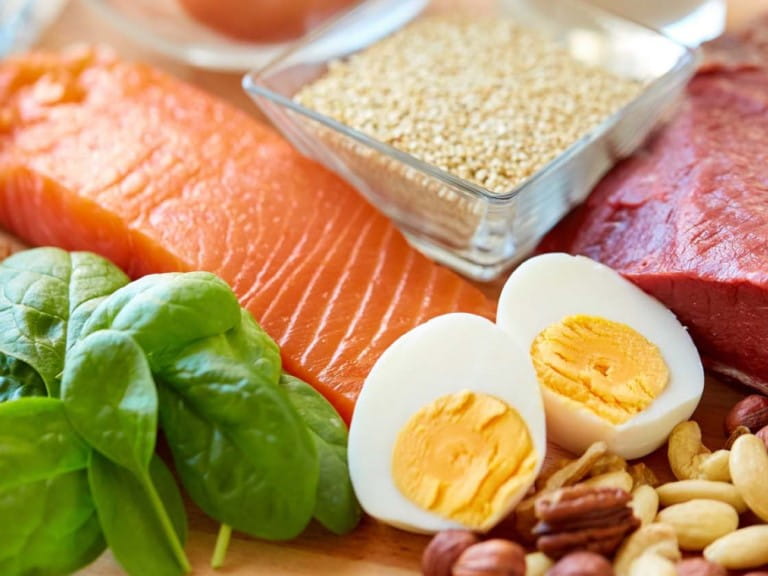
Everything you need to know about protein, from what it does for your body to the best high protein foods – and how much you really need.


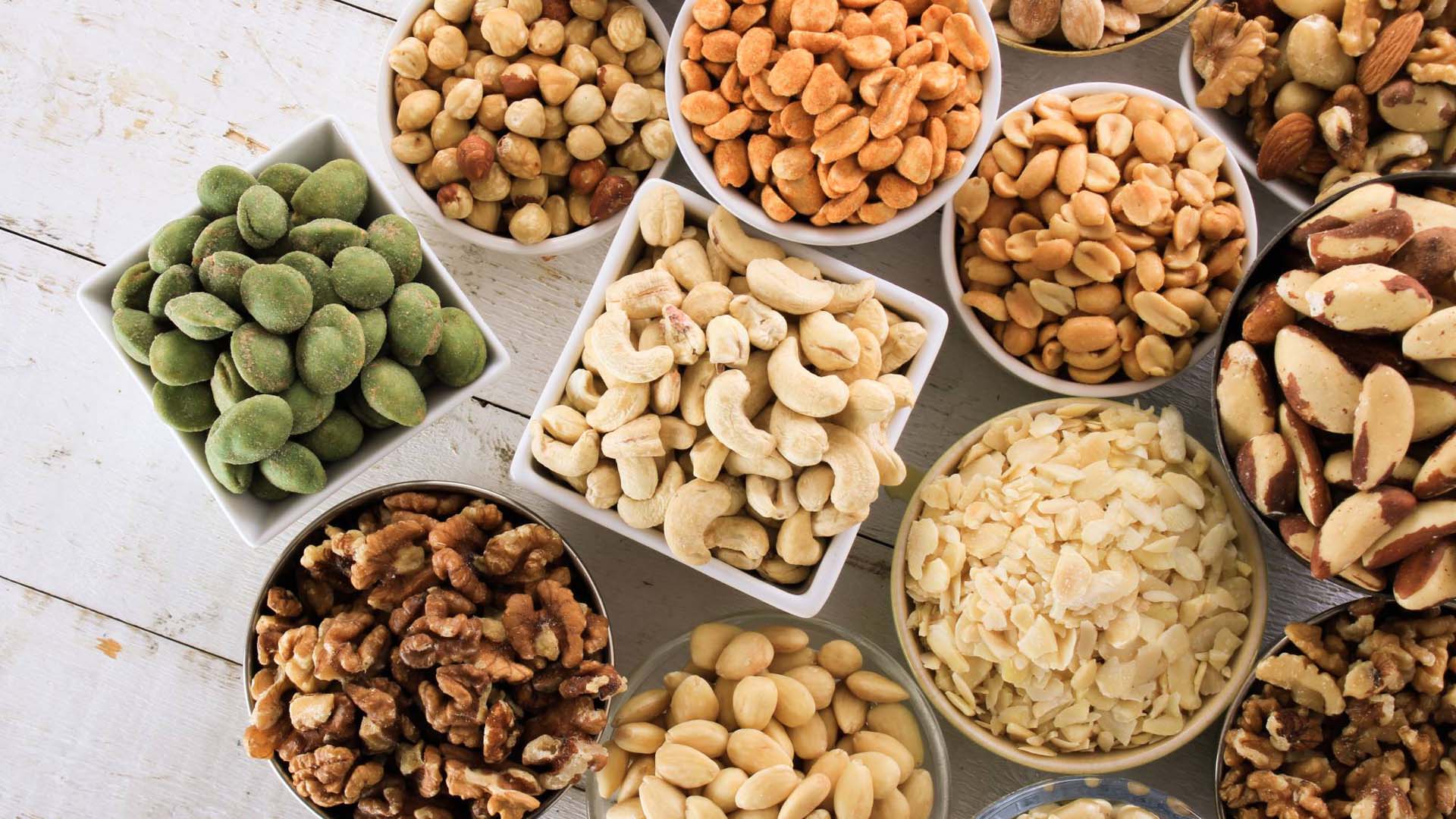
Let’s roast the myths! Not only are nuts less fattening than once feared, research shows they can cut the risk of heart disease too
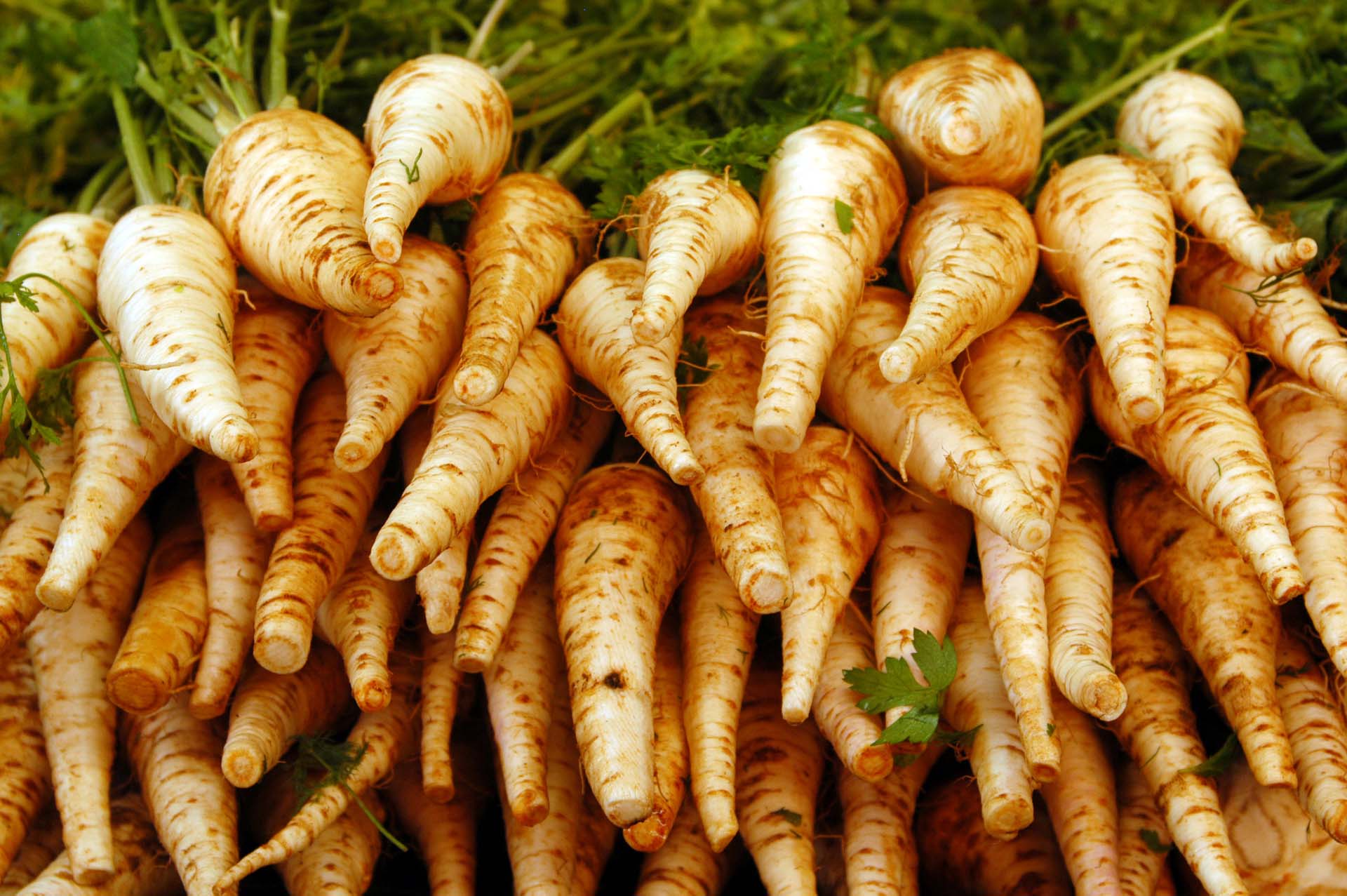
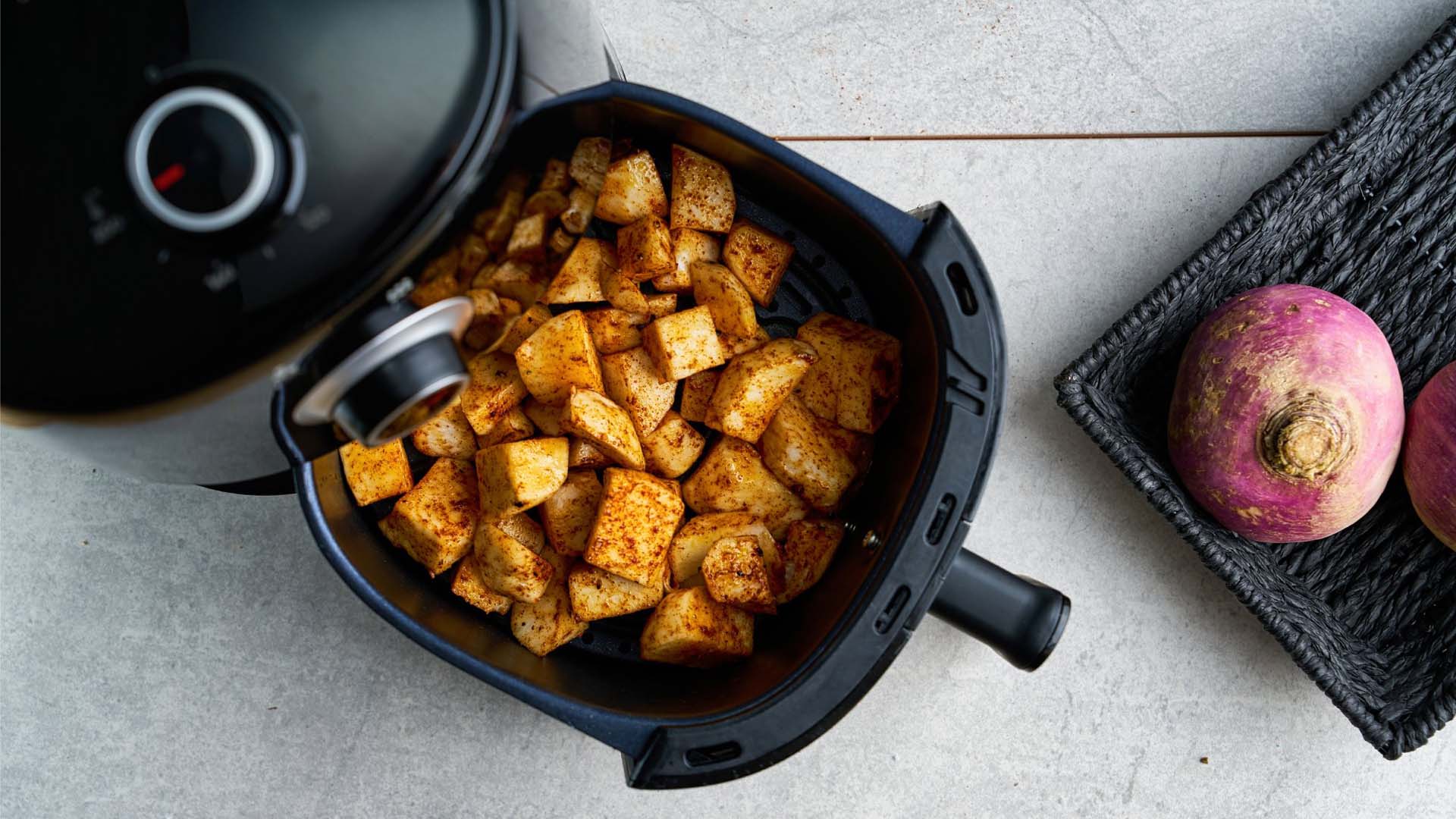
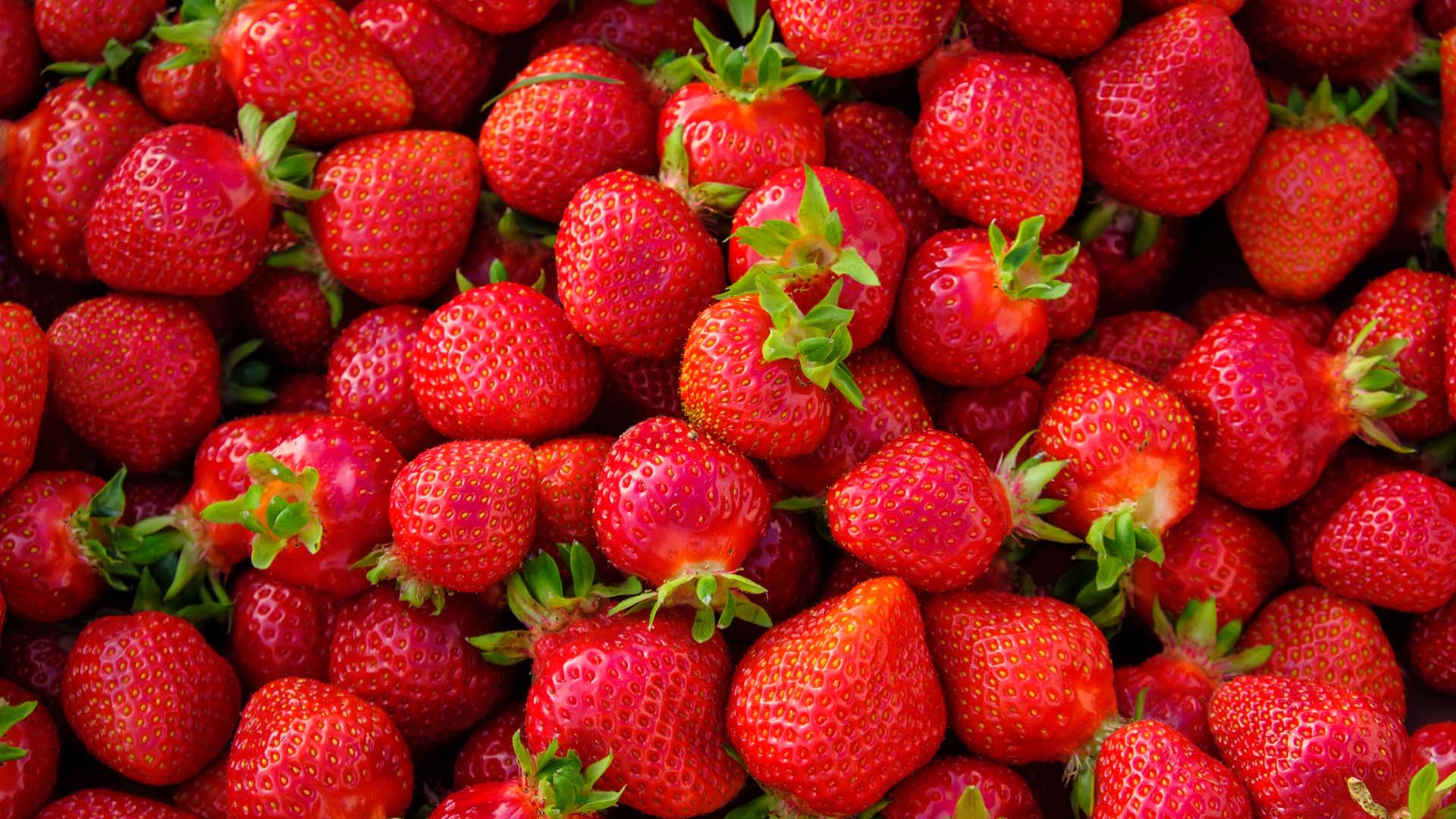
Strawberries don't just taste and look great, they are full of fibre, help your heart health and may even stave off dementia.
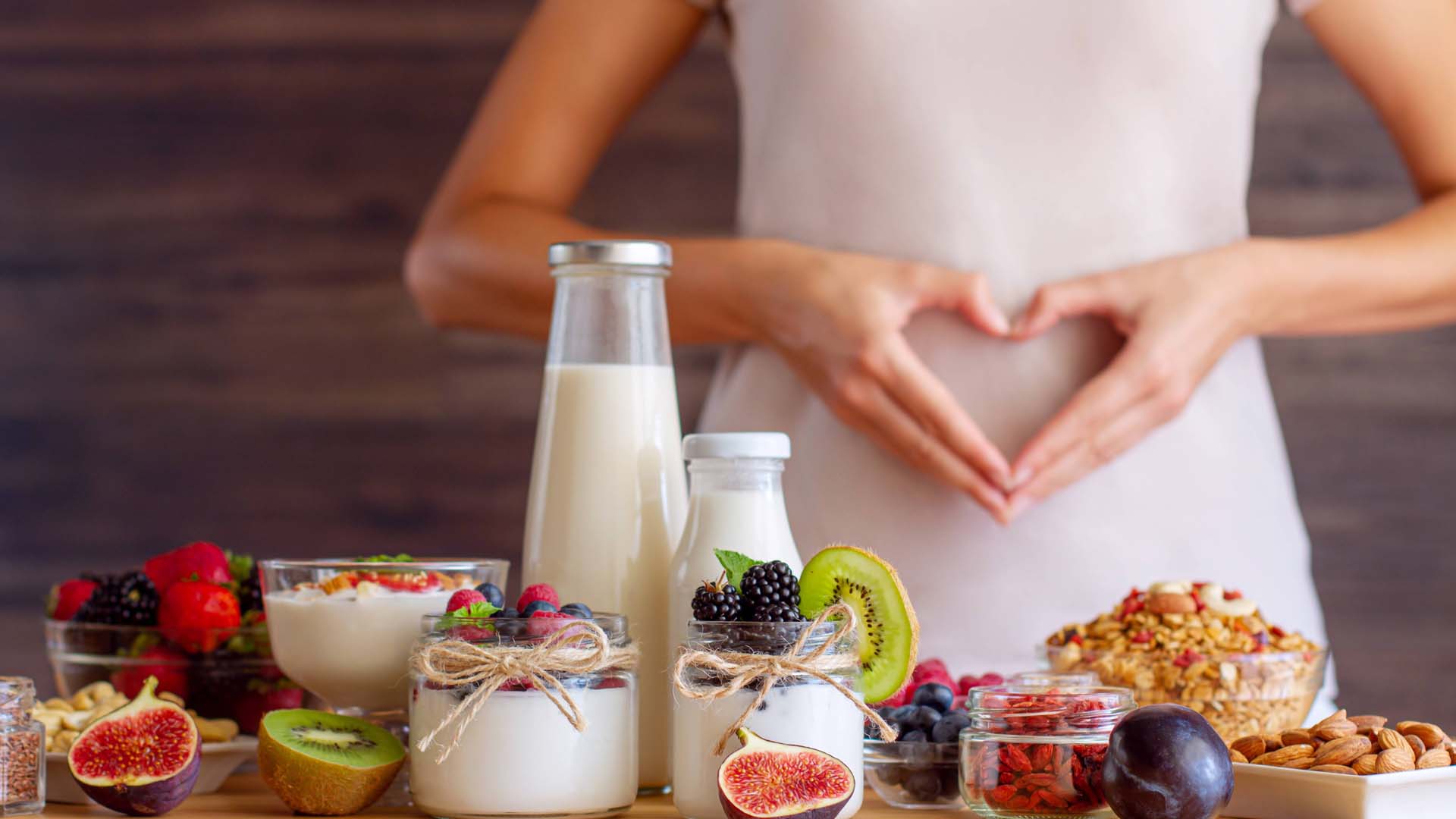
Looking after your gut health could be one of the biggest things that you can do for your overall health. Here are the best foods to keep your gut happy.
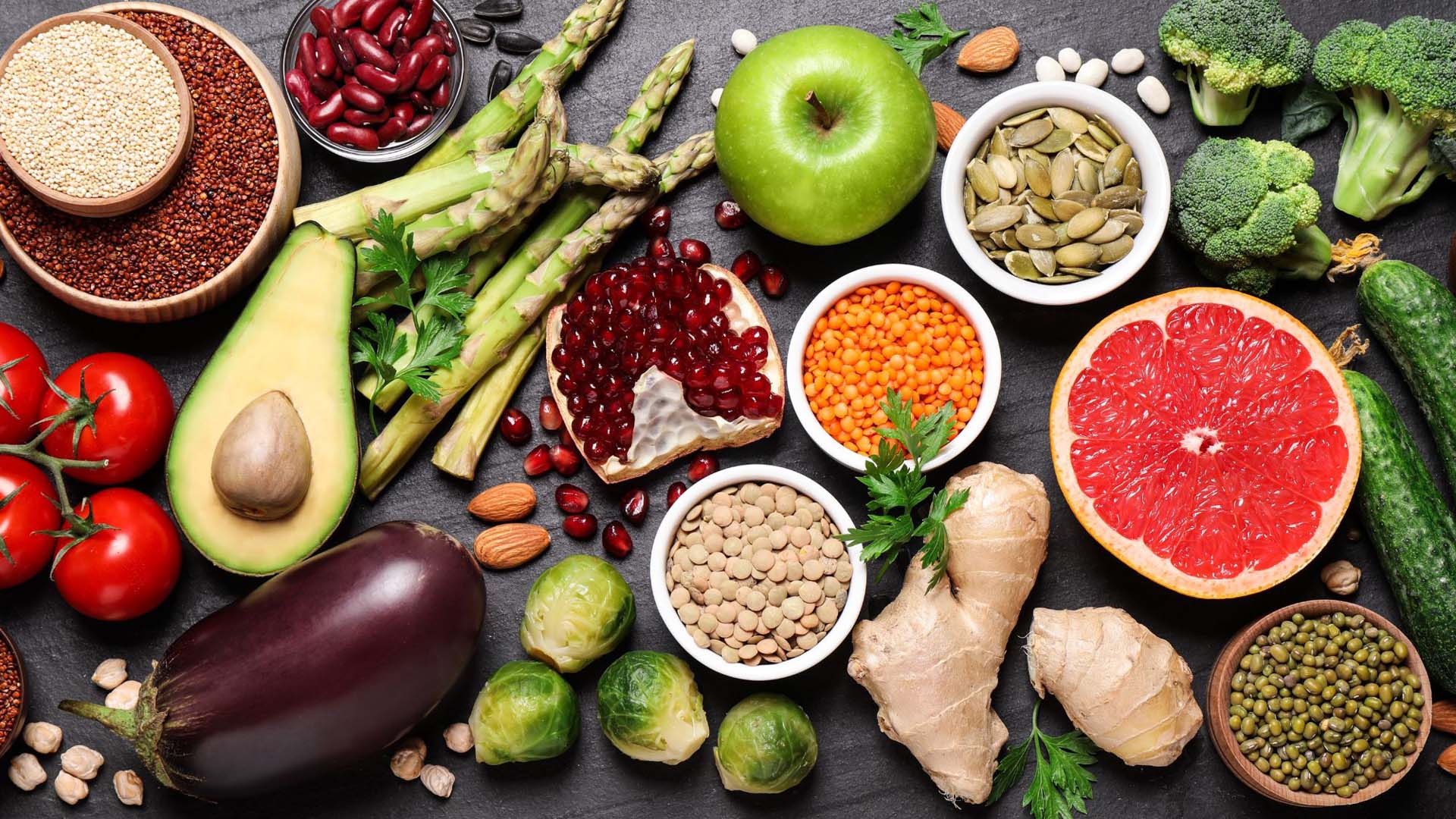
The foods that could help you live longer and protect against chronic illness.